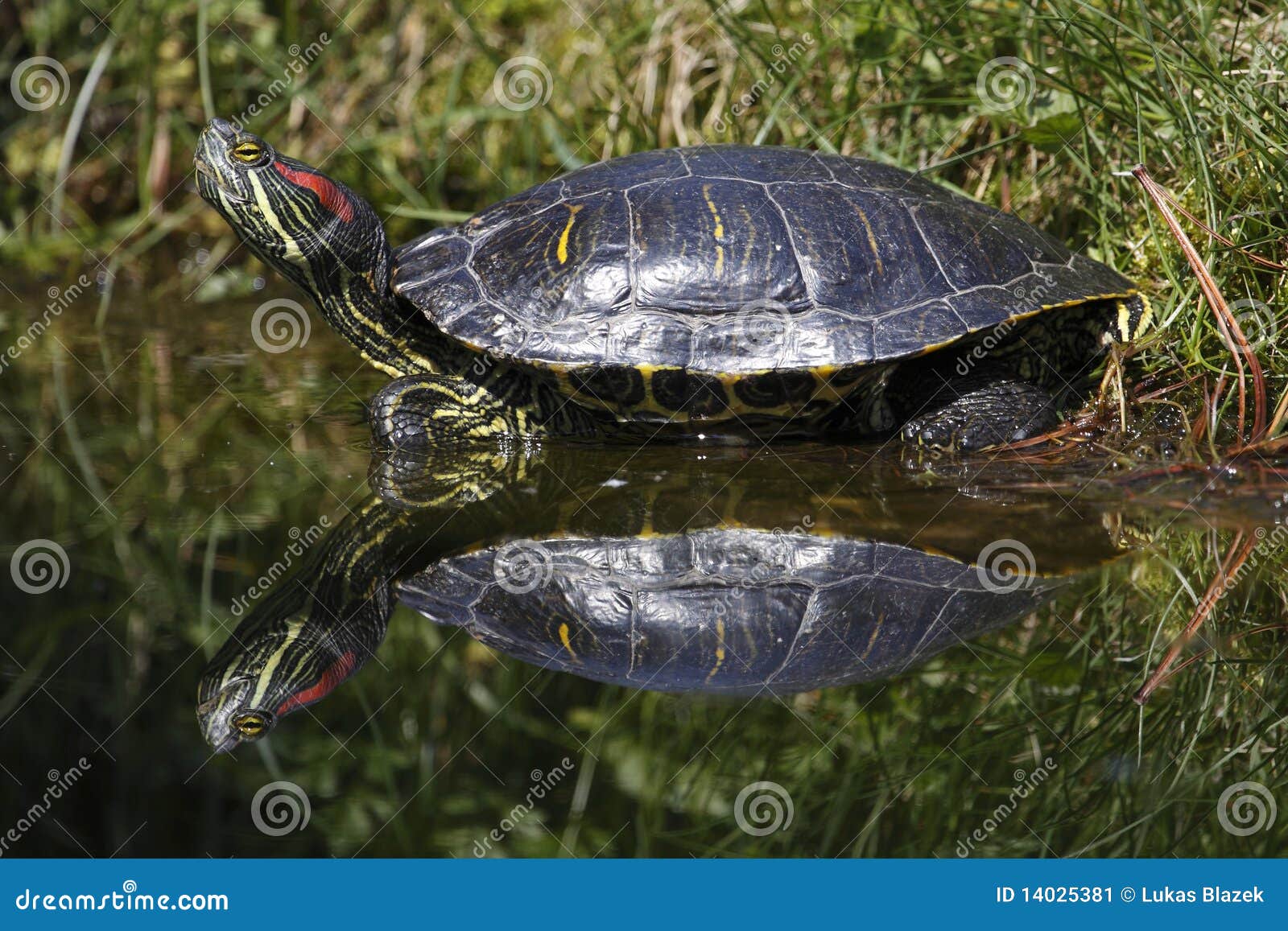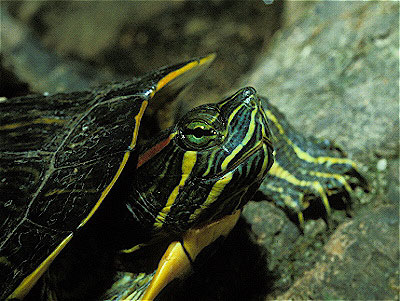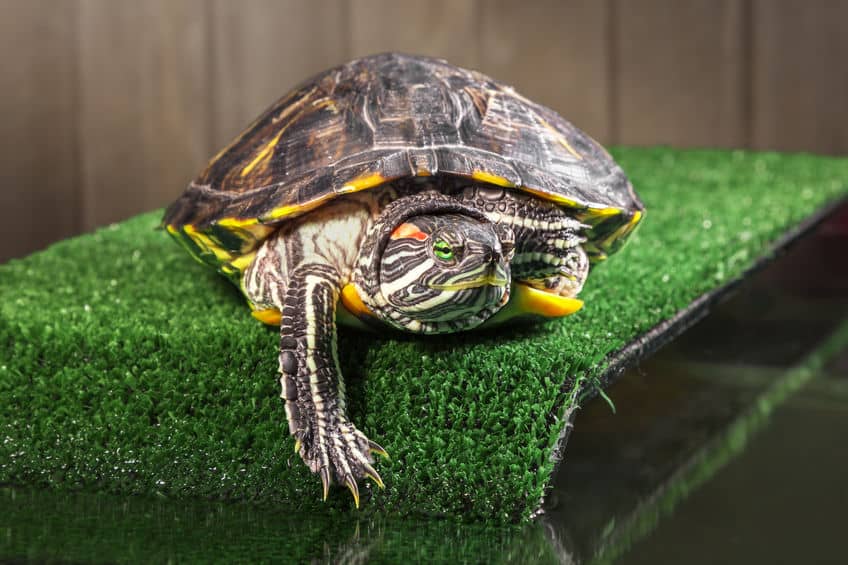

Take a newly purchased red eared slider to an exotic animal veterinarian for a wellness examination and fecal check for parasites.
Red eared slider predators how to#
How to Keep Your Red-eared Slider Healthy, Happy and Safe! Many different filtration systems are available.īasking areas, where the turtle can emerge from the water to bask under a heat source, can consist of either islands or platforms established at the water line of the tank or of areas built from the bottom of the tank (bricks or stones) and emerging from the surface. Partial to fullwater changes can be performed. Therefore, a system needs to be in place for management of water quality. Sliders are voracious feeders and tend to foul the water quickly with their messy eating habits and frequent defecation. Space should be doubled for turtles 8 inch (20 cm) long or greater. For 4- to 5-inch (10-13 cm) long sliders, the recommended minimum enclosure surface area is 2.5 square feet (0.23m²) with an extra square foot (0.09 m2) for each additional turtle. As a general rule, the water depth should be at least 1.5-2 times the turtle’s carapace length, with several extra inches of air space between the surface of the water to the top edge of the tank to prevent escapes. The minimum enclosure size for a hatchling red-eared slider should be a 20-gallon aquarium. The remaining 50% should consist of chopped plant matter, such as kale, romaine, red leaf lettuce, mustard greens, dandelion, watercress, parsley, Swiss chard, shredded carrot, shredded squash, thawed frozen mixed vegetables and miscellaneous fruits. Plant matter, in the form of chopped leaf y greens or finely chopped mixed vegetables, can be offered once weekly but may not be readily accepted until they grow older.įor adults, 50% of the diet may consist of commercial turtle pellets and animal-based protein as per the juvenile diet. The diet can be supplemented with occasional live fish of an appropriate size (guppies, goldfish), tubifex worms and earthworms. Hatchlings and juveniles should be fed on a daily basis however, they should be offered no more than they will consume during a single session to minimize water contamination. In captivity, the diet for juveniles should consist primarily of a commercial aquatic turtle pellet. However, juveniles are mainly carnivorous and become more herbivorous as they mature. In the wild, red-eared sliders are omnivorous, eating both animal and plant sources of food. Having your Bearded Dragon examined on a regular basis by an exotic animal veterinarian who is familiar with reptiles can prevent many common disorders. In comparison to females, males have longer foreclaws (which are used in courtship), a longer tail length, a longer distance from the body to the vent opening, a tail that is thicker at the base and generally a smaller body size and shell length. Gender in adults is determined by external physical characteristics and behavior.


Red-eared sliders, especially juveniles, can be difficult to sex. Is Your Red-eared Slider a Male or Female? In a well-designed habitat, turtles will delight their owners with their appearance and remarkable behaviors. Maintaining them properly demands dedication and knowledge. Red-eared sliders are attractive, intelligent and fascinating turtles that require special care. What to Expect from Your Red-eared Slider?


 0 kommentar(er)
0 kommentar(er)
